Alerts for login activities from unknown locations and devices.
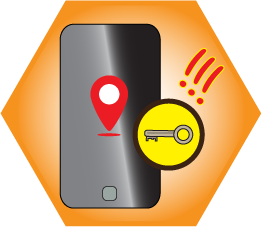
Identity theft is a criminal act of getting hold of personal data of others without their knowledge or permission with an intent to defraud. The personal data is used by identity thieves to impersonate the data subjects for fraudulent purposes, for example,
Signs that you may have fallen victim to identity theft:

Alerts for login activities from unknown locations and devices.
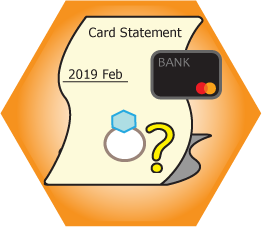
Unknown or suspicious transactions associated with your bank accounts or credit cards.
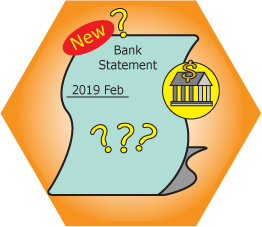
Statements for bank accounts you have never opened.
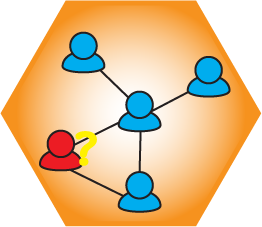
Unknown or suspicious activities associated with your social media, including instant messaging, accounts.
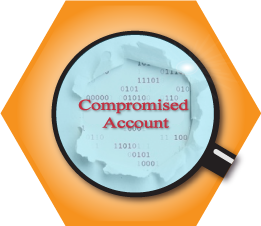
Other than the above signs, you could check whether your email accounts have been compromised. (Link)
If you have fallen victim to identity theft, you may consider taking the following measures:
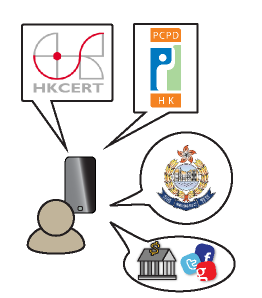
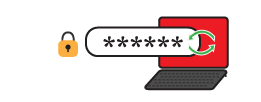
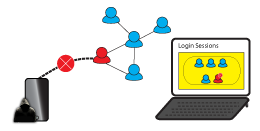
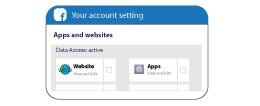
Some references on understanding Identity Theft and how to protect yourself:
Disclaimer: Users are also recommended to observe the Important Notices of this website and read the user agreements and privacy policies of the security software and tools before download and use them.
